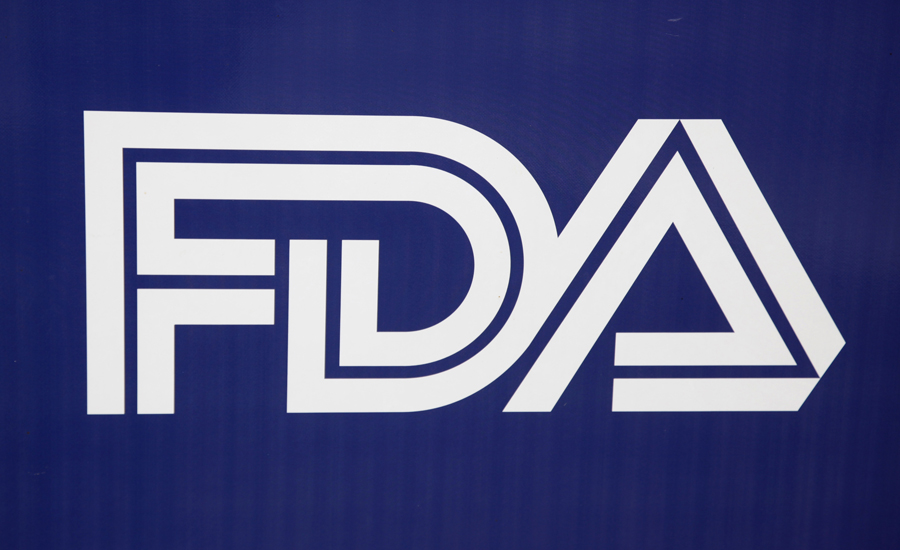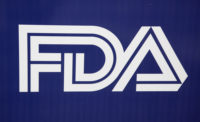FDA has published its final guidance for industry, “A Labeling Guide for Restaurants and Retail Establishments Selling Away-From-Home Foods – Part II (Menu Labeling Requirements in Accordance with 21 CFR 101.11),” a resource to help businesses comply with the menu labeling final rule. The draft guidance was announced in the Federal Register on September 16, 2015.
FDA says it intends to enforce the menu labeling final rule one year from the date that the Notice of Availability (NOA) is published in the Federal Register. This notice for the guidance is expected to be published in early May 2016.
This guidance responds to many frequently asked questions that the agency has received to date. It differs from the draft guidance by providing additional examples and new or revised questions and answers on topics such as covered establishments, alcoholic beverages, catered events, mobile vendors, grab-and-go items, and record keeping requirements.
Food Marketing Institute (FMI) President and CEO Leslie Sarasin called the guidance a surprise, and largely a reprint of the September draft guidance that does incorporate the increased flexibility requested by the industry in key areas such as salad bar and hot food signage.
“While we are pleased to have any type of guidance to assist with our challenging efforts to comply with a rule and a structure written for chain restaurants – as opposed to one that contemplates the operations of supermarkets with large and varied produce departments evolving to salad bars or seafood departments evolving to hot foods bars – the supermarket industry still seeks flexibility from FDA,” Sarasin says. “Specifically, food retailers wish to preserve their opportunity to sell locally produced foods that are sold at only one or two locations as well as their ability to use one sign/menu/menu board in a prepared foods area or next to a salad bar.”
Because of this, Sarasin says FMI continues to support recent legislation that addresses these concerns like the Common Sense Nutrition Disclosure Act (H.R. 2017/S. 2217), which was passed by the US House in February and is pending in the Senate. The bill leaves the FDA regulations in place, but would make it easier for some establishments to comply such as allowing grocery stores to use menu boards instead of labeling individual items and permitting restaurants like pizza chains that receive most of their orders remotely to post calorie contents online. The bill also would ensure businesses are not penalized financially for mislabeling on account of human error, according to the Associated Press.
The FDA rules require food establishments with 20 or more locations to provide consumers with calorie and other nutrition information for standard menu items. The rules are primarily targeted at restaurants, but many grocery stores, convenience stores, movie theaters, bakeries and coffee shops also fall under its jurisdiction. Menus will use a 2,000-calorie diet as the baseline for daily nutrition. Additional information such as sodium, fat and sugar will be available upon request.







